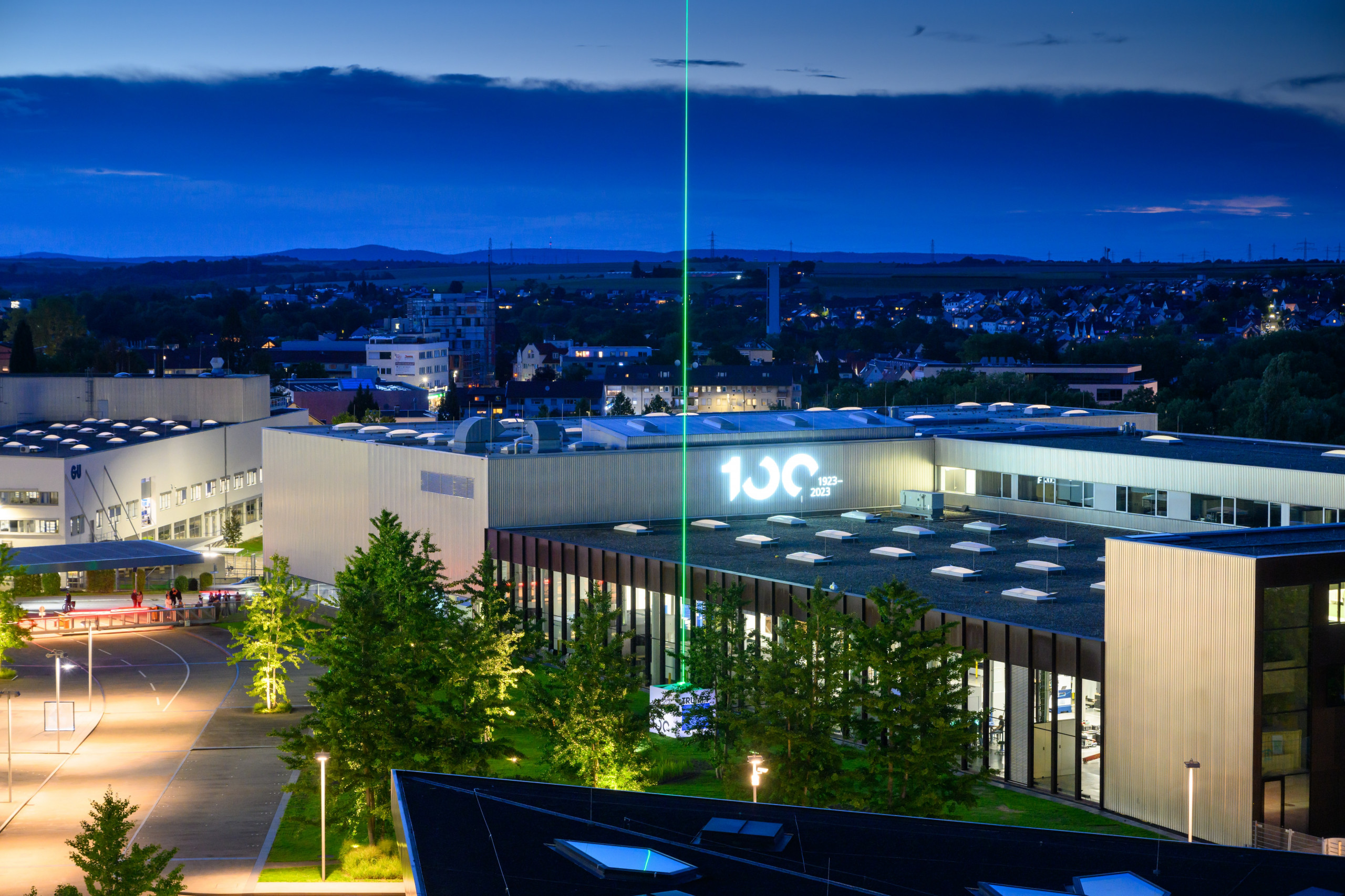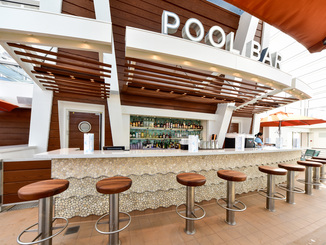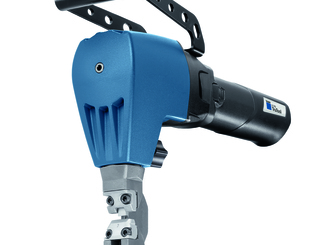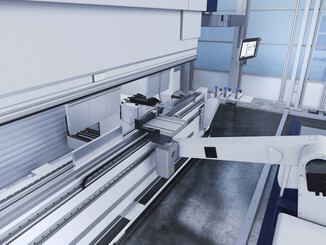
When Christian Trumpf, born in 1892, contributed 1.3 tons of steel wire and 29 vices as capital to Julius Geiger GmbH, a company founded together with two partners and formed from a general partnership, the Germans had more money than ever before. There was hardly anyone who was not a multimillionaire or even a billionaire at the beginning of August 1923; a quarter of a year later, it was virtually teeming with trillionaires. The Golden 20s! It’s just a pity that the postage for a standard letter cost an even 10 billion marks on November 14, 1923. The next day, it was down to 10 pennies, and the national debt had dropped to 15.4 pennies overnight. Unfortunately, the reparation payments remained as high as before.
Julius Geiger GmbH, a manufacturer of flexible shafts, employed five people in August 1923. Christian Trumpf’s appointment as managing director proved to be the right one: by the end of 1927, the company already had over 70 employees. The situation then stabilized, and during the Nazi regime, the company consistently had around 100 employees. In 1950, there were almost 150 employees, and Trumpf, as the sheet metal working machine manufacturer had been known since July 1937, reached 1 million Deutschmarks in sales for the first time. Less than 50 years later, the figure was 1000 million. But come on!
In 1953, Christian Trumpf, by now over 60 years old, appointed Hugo Schwarz as commercial managing director and in 1966 Berthold Leibinger as technical managing director. From 1972, the two were the sole managing directors, as Leibinger had gradually bought up the Trumpf shares. From 1978, he was the sole managing director. In the following years, he develops Trumpf from a mechanical engineering factory into a global player.
A sensation in 1967 is the Trumatic 20 with numerical web control, which goes back to Leibinger’s diploma thesis, the first step into automation. The introduction of the laser as a tool for sheet metal working in 1985 was also a sensation, followed as early as 1986 by the decision to install only self-made lasers in the machines. A few years later, Trumpf is not only the largest machine tool manufacturer in the world, but also the global market leader in lasers.
It was still a long way to go by the mid- to late 1980s: In 1990, a statistic of machine tool manufacturers shows Trumpf in 16th place with 400 million US dollars (about 650 million DM), not far behind Schuler, Gildemeister, Maho and Deckel. Incidentally, the first seven places were taken by six Japanese companies, each with double to triple the sales. In 1997, Trumpf achieved sales of 1 billion deutschmarks; in 2000, the figure was 1 billion euros.
By the time Berthold Leibinger officially retired from management in 2005 and handed over the chairmanship to his daughter Nicola, the company already had 1.5 billion and 6,000 employees. At that time, the assessments ranged from “Can the girl do it?” to “The old man will know what he is doing! And they arrived: Berthold Leibinger knew exactly what he was doing, and his daughter Nicola did it, and did it brilliantly: she, the husband, the brother and the other members of the Executive Board and their team, which now numbers almost 18,000, will have quadrupled sales in less than 20 years. 5.4 billion euros already.
Congratulations.
Sources:
www.trumpf.com
Jochen Streb “Trump
Wikipedia



